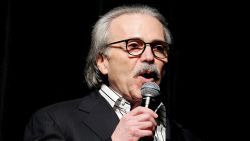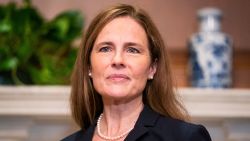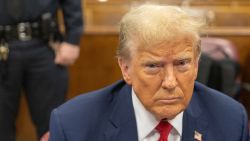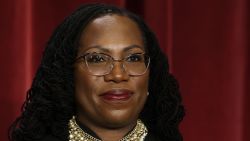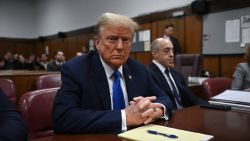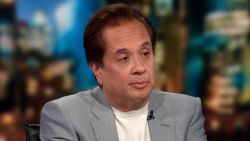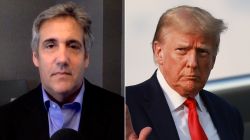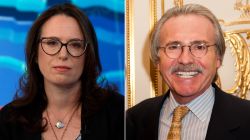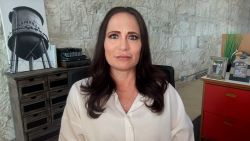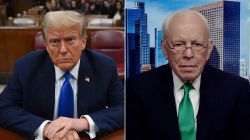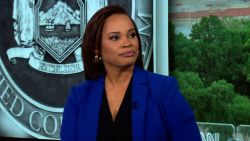After walking out of Friday’s coronavirus briefing without taking questions, President Donald Trump embarked on one of his more noteworthy weekend tweetstorms.
It went like his tweetstorms usually do.
There was self-pity and self-aggrandizement. There were grievances and attacks. And, as is the case so often, there was outlandish dishonesty.
Trump tweeted and retweeted more than 35 times apiece on Saturday and Sunday – including six deleted tweets recorded by Trump-tracking website Factba.se. His messages were littered with false claims, some of them downright bizarre. Here are fact-checks of the lowlights:
His question to Dr. Deborah Birx
Trump blasted the media for (correctly) reporting that he had spoken to and asked questions of Dr. Deborah Birx, the White House coronavirus response coordinator, at the Thursday coronavirus briefing during which he wondered aloud whether UV rays and disinfectant injections could be used as treatments for the virus.
“Was just informed that the Fake News from the Thursday White House Press Conference had me speaking & asking questions of Dr. Deborah Birx. Wrong, I was speaking to our Laboratory expert, not Deborah, about sunlight etc. & the CoronaVirus. The Lamestream Media is corrupt & sick!” he wrote on Twitter.
Facts First: Trump did speak to and ask questions of Birx. In fact, he addressed her by name, “Deborah,” when he asked a question about the use of light (and heat) to treat the virus.
Here’s how the official White House transcript records that exchange:
“THE PRESIDENT: Deborah, have you ever heard of that? The heat and the light, relative to certain viruses, yes, but relative to this virus?
DR. BIRX: Not as a treatment. I mean, certainly fever —
THE PRESIDENT: Yeah.
DR. BIRX: — is a good thing. When you have a fever, it helps your body respond. But not as — I’ve not seen heat or (inaudible).
THE PRESIDENT: I think it’s a great thing to look at. I mean, you know. Okay?”
Trump might perhaps have meant that he was addressing Department of Homeland Security science official Bill Bryan, not Birx, during the section of the briefing when he spoke specifically about the possible use of disinfectant. (At that other moment, he was looking in the direction of both Bryan and Birx at the side of the room.) But that’s not what he said in the tweet.
When he has left the White House
Defending his work habits after a New York Times article last week painted him as late-arriving and television-obsessed, Trump tweeted: “I work from early in the morning until late at night, haven’t left the White House in many months (except to launch Hospital Ship Comfort) in order to take care of Trade Deals, Military Rebuilding etc…”
Facts First: It’s not true that Trump hasn’t left the White House in “many months” other than his March 28 trip to Virginia to see off the Comfort hospital ship. He left multiple times just last month.
Trump held a campaign rally in North Carolina on March 2. He went to Pennsylvania on March 5 for a Fox News town hall. On March 6, he visited the Centers for Disease Control and Prevention headquarters in Atlanta and toured tornado damage in Tennessee. He then spent the weekend at his Mar-a-Lago club and residence in Florida, flying to Orlando for a private fundraiser on March 9. He visited the Federal Emergency Management Agency headquarters in Washington on March 19.
In February, Trump held five rallies, played golf and made a trip to India, among other travels outside the White House.
A laughable claim of “sarcasm”
Over three tweets, Trump repeated his familiar complaint about how reporters were awarded the Pulitzer Prize for their coverage of the Trump-Russia story – except, instead of the Pulitzer, Trump four times used the word “Noble,” apparently misspelling “Nobel.”
After he was roundly mocked for both the spelling error and the prize mix-up, Trump deleted the tweets. But he also offered a ridiculous explanation: he had intentionally used “Noble,” as “sarcasm.”
“Does anybody get the meaning of what a so-called Noble (not Nobel) Prize is, especially as it pertains to Reporters and Journalists? Noble is defined as, ‘having or showing fine personal qualities or high moral principles and ideals.’ Does sarcasm ever work?”
Facts First: Like his Friday lie that he was being “sarcastic” when he mused about people injecting disinfectant, this is obvious nonsense. There was no indication he was being sarcastic in the tweets about the “Noble.”
Here is what the three now-deleted tweets said:
“When will all of the ‘reporters’ who have received Noble Prizes for their work on Russia, Russia, Russia, only to have been proven totally wrong (and, in fact, it was the other side who committed the crimes), be turning back their cherished ‘Nobles’ so that they can be given…to the REAL REPORTERS & JOURNALISTS who got it right. I can give the Committee a very comprehensive list. When will the Noble Committee DEMAND the Prizes back, especially since they were gotten under fraud? The reporters and Lamestream Media knew the truth all along …Lawsuits should be brought against all, including the Fake News Organizations, to rectify this terrible injustice. For all of the great lawyers out there, do we have any takers? When will the Noble Committee Act? Better be fast!”
A baseless conspiracy theory
Trump retweeted a baseless coronavirus conspiracy theory from pro-Trump pundit John Cardillo.
Cardillo alleged that people had tried to oust Trump through illegitimate means before the pandemic, then added: “Do you really think these lunatics wouldn’t inflate the mortality rates by underreporting the infection rates in an attempt to steal the election?”
Facts First: There is no basis for the suggestion that Trump opponents are inflating the coronavirus mortality rate to try to “steal the election.” While the precise mortality rate is challenging to identify, there is no evidence that health authorities are manipulating any figures to damage the President. Further, Trump opponents and independent experts have consistently called for a dramatic expansion of coronavirus testing – which would likely result in a lower, not higher, ratio of people dying to people known to be infected.
There is subjectivity involved in official death totals. Official counts in New York and some other states now include “probable” deaths of people who had not been tested but whose deaths were thought likely by doctors, coroners or medical examiners to have been from the virus. But even with the addition of “probable” deaths, there is a broad expert consensus that the official figures are undercounting, not overcounting, the true number of deaths.
Trump critics have been vocal in their calls for more people to be tested. Testing people with milder symptoms or no symptoms would reduce, not inflate, the ratio of people dying to the total infected population.




